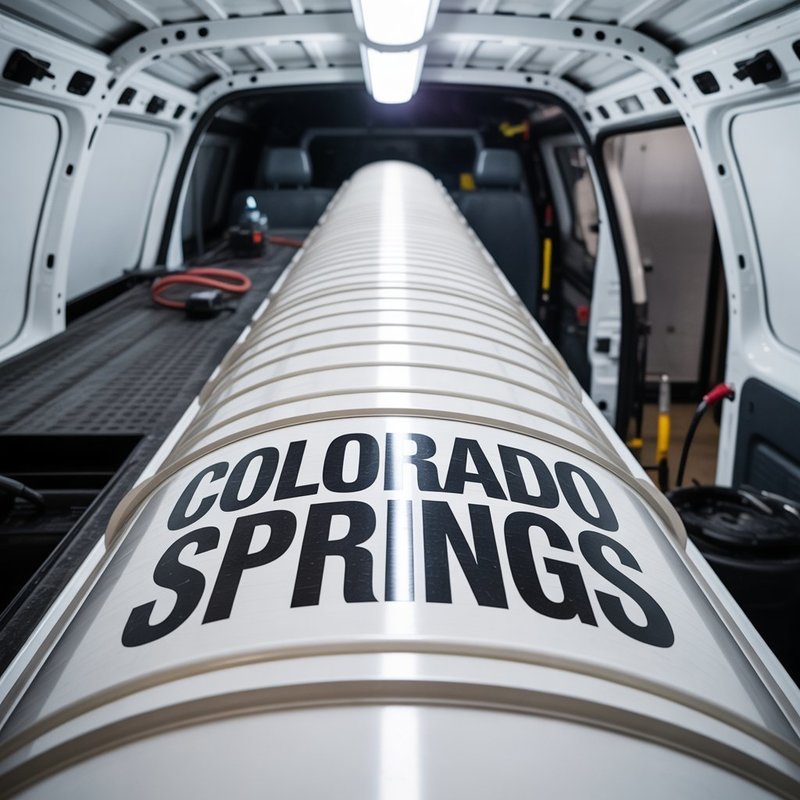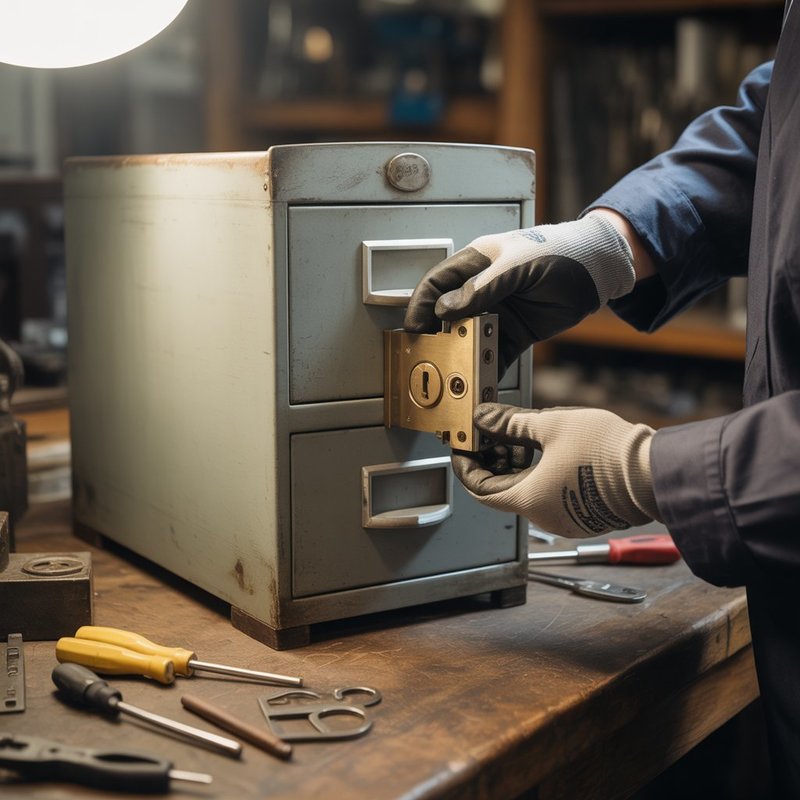What’s the Lifespan of a Colorado Springs Chimney Liner Made of Tile
7
0
·
2025/07/25
·
5 mins read
☕
WriterShelf™ is a unique multiple pen name blogging and forum platform. Protect relationships and your privacy. Take your writing in new directions. ** Join WriterShelf**
WriterShelf™ is an open writing platform. The views, information and opinions in this article are those of the author.
Article info
Categories:
⟩
⟩
Tags:
Date:
Published: 2025/07/25 - Updated: 2025/07/25
Total: 1079 words
Like
or Dislike
More from this author
More to explore












Introduction
When people think about their chimney, the tile liner isn’t usually top of mind. It’s hidden away, not something you see every day, and unless there’s a problem, it doesn’t really ask for attention. But if you’re a homeowner trying to keep your place safe and warm, it’s worth k
nowing how long your chimney liner—especially one made of clay tile—is going to last. And maybe more importantly, how to know when it's starting to give out. This article walks you through the key features, the expected life, and how to keep your tile liner doing its job right. Provided by your neighbors at Colorado Springs Chimney Liner.
1.The Basics: What Makes Tile Chimney Liners Last?
Tile liners (also called clay flue liners) have been around for decades. In fact, most older homes built before metal liners became popular will have this type installed. They’re made of terra cotta clay and stacked piece by piece inside your chimney. Sounds old-school, right? But when they’re installed properly and taken care of, tile liners can last anywhere from 30 to 50 years—sometimes even longer.
The catch? That lifespan heavily depends on how the chimney is used, whether you burn wood or gas, and if you’ve kept up with inspections and cleanings. A neglected chimney will almost always shorten the lifespan of the liner. Moisture, shifting bricks, house settling, and creosote buildup are all enemies of tile.
2.Key Features That Affect Longevity
Not all tile liners are created equal. Some installations are rock-solid, while others might have been done in a hurry. Here’s what really impacts how long your tile liner can hang in there:
So if your home is a bit older and you’ve never had your liner checked—or if you burn wood regularly—you might already have some damage you can't see from the outside.
3.Safety First: When a Tile Liner Fails
Let’s talk about the real concern here: safety. A chimney liner isn’t just there for show. It protects the interior walls of your chimney from heat, smoke, and toxic gases. When tile liners crack or gaps form between the tiles, you run the risk of carbon monoxide leaking into your home or even worse, a chimney fire.
One of the problems with tile liners is that you usually won’t know there’s an issue until it becomes a big deal. You won’t hear a crack. You won’t see smoke escaping. That’s why a yearly inspection is so critical.
Pro tip: If you’ve recently had a chimney fire—even a small one—you should have your tile liner inspected immediately. High heat can destroy clay tiles quickly.
4.Understanding the Cost of Repair or Replacement
So, what happens when your tile liner reaches the end of the road? Most homeowners are surprised to find out that repairing a tile liner is often not the best solution. Since the tiles are stacked from the bottom up, it’s hard to reach and fix just one section without disturbing the rest. In many cases, if your liner is cracked or deteriorating, the best fix is a complete relining with stainless steel.
That sounds expensive—and it can be. Expect to spend a few thousand dollars, depending on the height of your chimney and how complex the job is. But the good news is, stainless steel liners can last 30+ years, and they’re more durable against heat and moisture.
Still, if your tile liner is in decent shape and just needs some joint repair or sealing, that’s usually more affordable. The key is catching problems early, before they turn into full-scale replacements.
5.Emergency Services: When Waiting Isn't an Option
Let’s say you smell smoke in a room that isn’t your fireplace. Or you hear a strange popping noise inside your chimney during a fire. Those aren’t good signs. A damaged tile liner can let smoke, gas, or even flames escape into the home structure—leading to attic fires, carbon monoxide exposure, or brick deterioration.
At Colorado Springs Chimney Liner, we offer emergency inspection and repair services for exactly these kinds of situations. We’ll bring in a camera system to inspect the liner and see what’s going on deep inside your flue. And if we find damage, we’ll walk you through the safest and most cost-effective options.
Whether you’re mid-winter and relying on your fireplace daily, or you’ve just noticed something off during your fall prep—we’re here when you need us most.
FAQs About Tile Chimney Liner Lifespan
Q1: How do I know if my tile liner is damaged?
A: You won’t always see visible signs. But if you hear cracking, smell smoke, or notice reduced fireplace performance, those are red flags. A chimney inspection with a camera is the only way to be sure.
Q2Can a tile liner be repaired, or does it always need to be replaced?
A: Minor cracks or gaps can sometimes be repaired with special sealants. But widespread damage usually calls for a full relining.
Q3: Is it worth replacing a tile liner with stainless steel?
A: In many cases, yes. Stainless steel liners are more heat-resistant and flexible, making them safer and easier to install in older chimneys.
Q4: How often should I get my tile liner inspected?
A: At least once a year. That gives you a chance to catch small problems before they become expensive ones.
Wrapping It Up: Know What’s Inside Your Chimney
Tile liners might seem like they’re set in stone (literally), but they don’t last forever. Knowing the signs of wear, keeping up with inspections, and acting fast if something seems off—these are the things that help your chimney last for the long haul.
If you’re unsure about the condition of your tile liner, don’t wait for a problem to show up. Get it inspected and make informed decisions about your home’s safety and efficiency. Because when it comes to fire and fumes, “probably fine” just isn’t good enough.
For trusted advice, skilled inspections, and emergency care when it matters most, reach out to your local pros at Colorado Springs Chimney Liner.
Read More: Colorado Springs Chimney Sweep